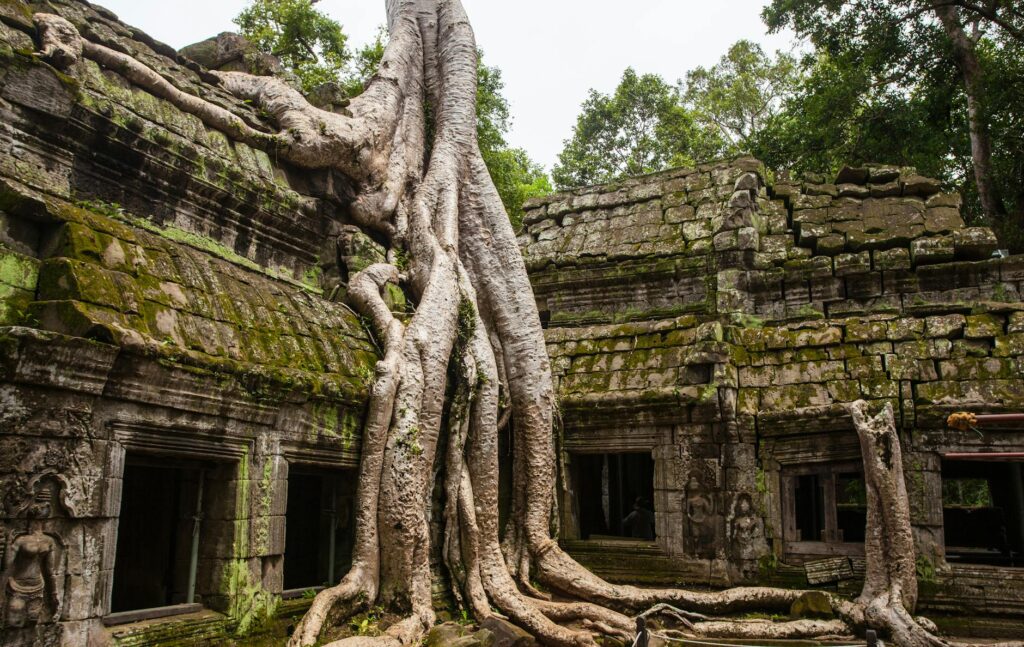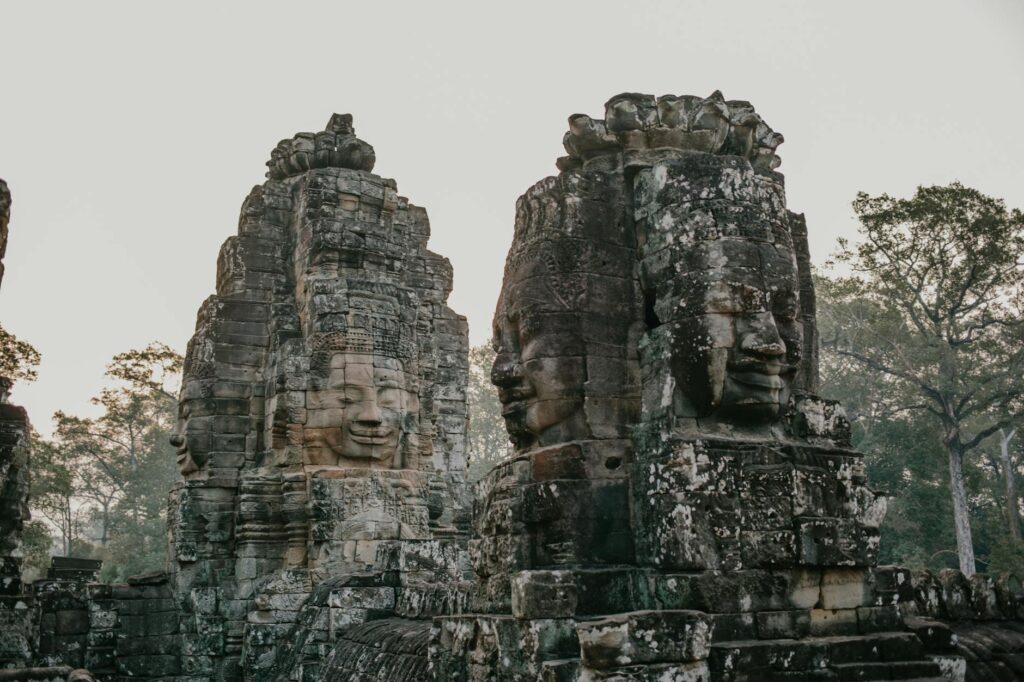Cambodia, the Kingdom of Wonder, boasts a rich and captivating culture shaped by centuries of history and tradition. From its ancient temples to its vibrant arts and cuisine, Khmer culture offers a unique and unforgettable experience. Let’s delve into some of its fascinating aspects.
Exploring Angkor Wat and Beyond
A journey into Khmer culture inevitably begins with Angkor Wat  , the magnificent temple complex that stands as a testament to the Khmer Empire’s power and artistry. Beyond Angkor, numerous other temples, such as Angkor Thom and Bayon, showcase the intricate carvings and architectural marvels of the era. Exploring these sites provides a tangible connection to the past, allowing visitors to appreciate the scale and sophistication of Khmer craftsmanship. You can learn more about the history of Angkor Wat on the official website: Angkor Wat Official Site.
, the magnificent temple complex that stands as a testament to the Khmer Empire’s power and artistry. Beyond Angkor, numerous other temples, such as Angkor Thom and Bayon, showcase the intricate carvings and architectural marvels of the era. Exploring these sites provides a tangible connection to the past, allowing visitors to appreciate the scale and sophistication of Khmer craftsmanship. You can learn more about the history of Angkor Wat on the official website: Angkor Wat Official Site.
The Beauty of Apsara Dance
Apsara dance  , a classical dance form, is an integral part of Khmer cultural heritage. These graceful dancers, with their elaborate costumes and mesmerizing movements, tell stories through evocative gestures and expressions. Witnessing an Apsara performance is a captivating experience that offers a glimpse into the artistic soul of Cambodia. For more information on upcoming performances, check out this events calendar.
, a classical dance form, is an integral part of Khmer cultural heritage. These graceful dancers, with their elaborate costumes and mesmerizing movements, tell stories through evocative gestures and expressions. Witnessing an Apsara performance is a captivating experience that offers a glimpse into the artistic soul of Cambodia. For more information on upcoming performances, check out this events calendar.
The Significance of Khmer Cuisine
Khmer cuisine is a delightful blend of flavors, reflecting the country’s diverse agricultural landscape and cultural influences. From the flavorful Amok Trey (fish curry in coconut milk) to the refreshing Nom Banh Chok (Khmer noodles), the culinary scene is a vibrant reflection of Cambodian life. A food tour is highly recommended for a truly immersive experience! You can find recipes for traditional Khmer dishes here. Learn more about the unique ingredients used in Khmer cooking.
The Art of Khmer Silk
Khmer silk [IMAGE_3_HERE] is renowned for its exquisite quality and intricate designs. The traditional weaving techniques, passed down through generations, have resulted in stunning fabrics that are used in clothing, home décor, and religious ceremonies. Visiting a silk weaving village offers a fascinating insight into the meticulous craftsmanship and artistic dedication involved in this process. This is further detailed in our article on Cambodian textiles.
Celebrations and Festivals
Throughout the year, Cambodia hosts various vibrant festivals that showcase the country’s rich cultural traditions. From the boisterous Water Festival (Bon Om Touk) to the solemn Pchum Ben (ancestor veneration), these celebrations offer a glimpse into the spiritual and social fabric of Khmer life. Read more about the various festivals celebrated throughout the year.
Khmer culture is a captivating tapestry woven from centuries of history, traditions, and artistic expressions. It’s a culture that invites exploration and offers a unique perspective on Southeast Asian heritage. Whether exploring ancient temples, witnessing traditional dance, or savoring authentic cuisine, Cambodia promises an unforgettable cultural journey.
Frequently Asked Questions
What is the official language of Cambodia? Khmer is the official language of Cambodia, although English is also spoken in tourist areas.
What is the best time to visit Cambodia? The best time to visit Cambodia is during the dry season, from November to April.
What are some must-see sights in Cambodia besides Angkor Wat? Siem Reap’s bustling markets, Phnom Penh’s Royal Palace, and the floating villages of Tonle Sap Lake are all highly recommended.
What currency is used in Cambodia? The Cambodian riel (KHR) is the official currency, but US dollars are widely accepted.
Is it safe to travel to Cambodia? Cambodia is generally considered safe for tourists, but it’s always wise to exercise normal precautions.

